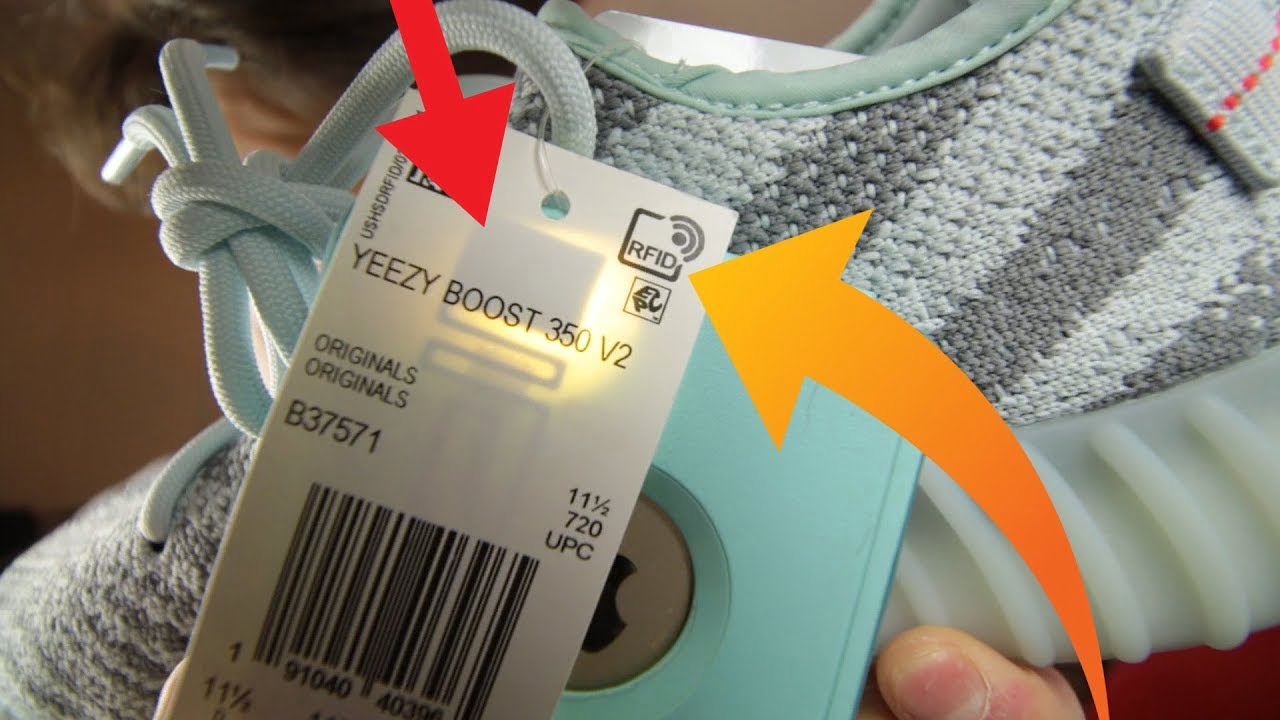Today, RFID technology has entered all walks of life, exerting powerful digital collection capabilities in different application scenarios and links. However, in practical applications, Sticker identification often encounters various challenges, including not only environmental factors, but also product technology and so on. For manufacturers who use RFID systems, easy-to-use RFID Stickers are a key to the success of the project.
Objectively speaking, an easy-to-use RFID Sticker contains many elements, such as excellent performance, strong storage capacity and environmental adaptability, as well as an aesthetically pleasing antenna design, an irresistible price, etc.
From the perspective of RFID Sticker manufacturing, the processing methods of each link including chip, antenna design, binding, compounding, and packaging will have an impact on the final finished Sticker. In this process, not only must the performance of the RFID Sticker be guaranteed, but also the consistency of the Sticker must be ensured. Therefore, even the top RFID Sticker manufacturers cannot guarantee that the Stickers they produce are “safe.”
In a Sticker processing process, INLAY is usually used as a “sandwich layer” composite material. INLAY enters the compound processing production link as a material, so it must be affected by the five elements of compound personnel, processing equipment, materials, technology, and processing environment.
For example, when a customer proposes to attach an RFID Sticker to metal, it shows that he needs an anti-metal Sticker. However, this is far from enough. We also need to know more about what material is the metal surface to be pasted on? What kind of dielectric is it? What is the thickness and size of the metal surface? And, what kind of effect the final RFID Sticker needs to achieve, and so on.

In the process of chip processing, many details will be finalized. Some chips are very sensitive to bonding, and slight deviations in the position and direction of chip bonding will have a significant impact on electrical performance. The PET aluminum etched antenna will generate volatile gas when heated. In the binding process, the heating is heating and curing. Since the conductive glue has been covered on the antenna, air bubbles may be generated, which will definitely affect the performance.
When we start from the needs and approach the Sticker processing technology step by step, we are getting closer and closer to the essence of a good Sticker, which is composed of countless specific and subtle details. As a result, we can also more truly realize that a good Sticker needs to gather the experience of the entire industry chain and the hard work of countless practitioners.





